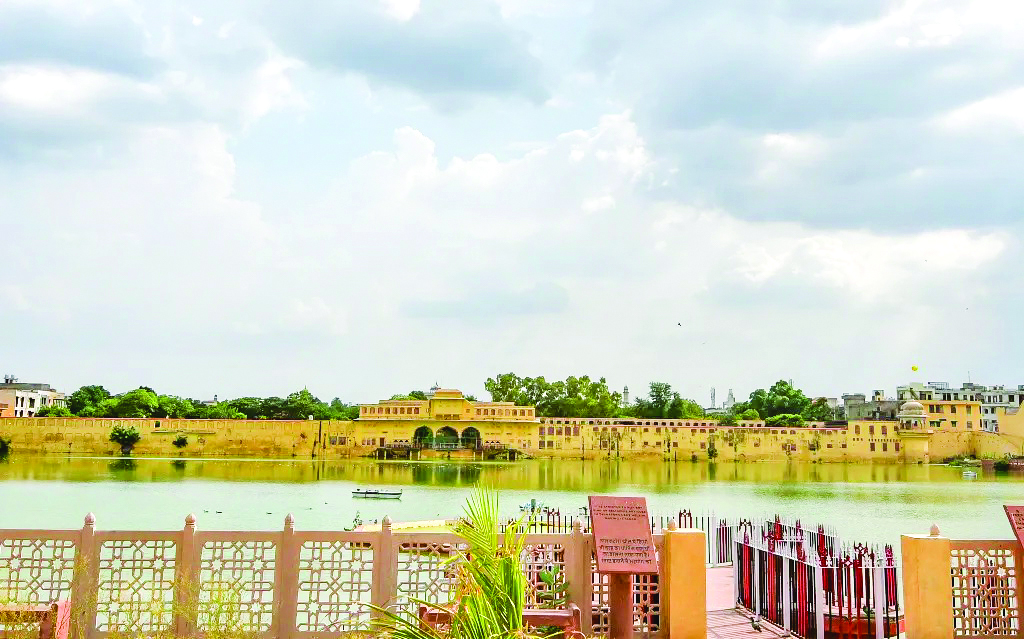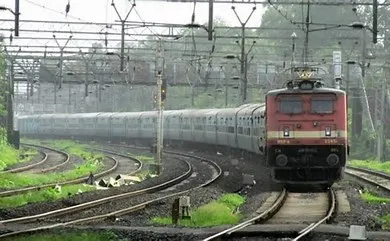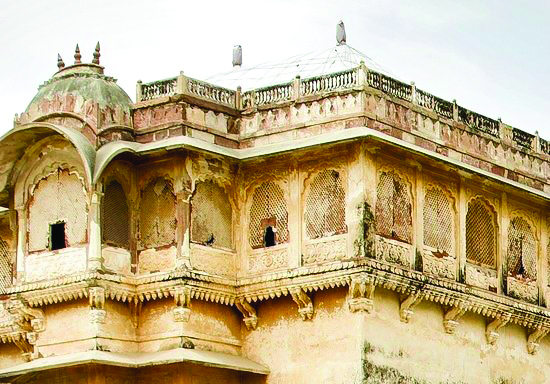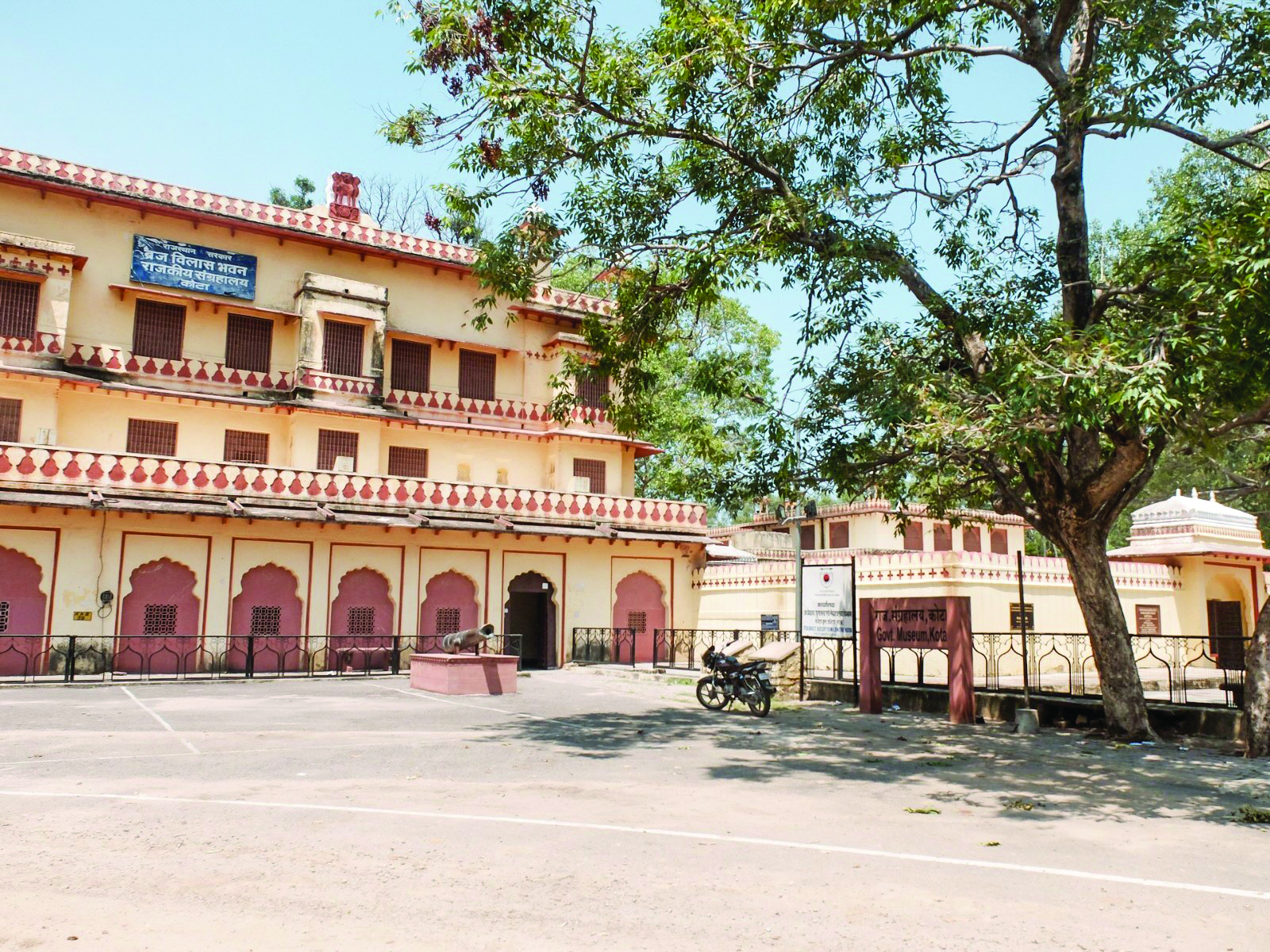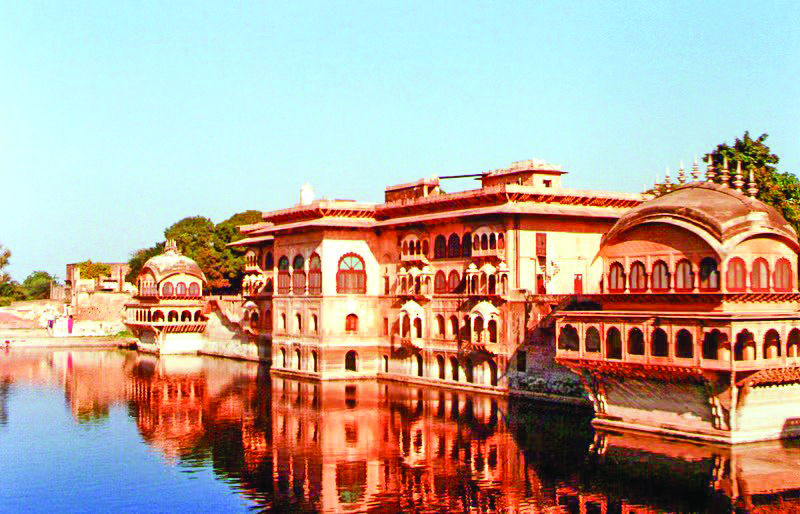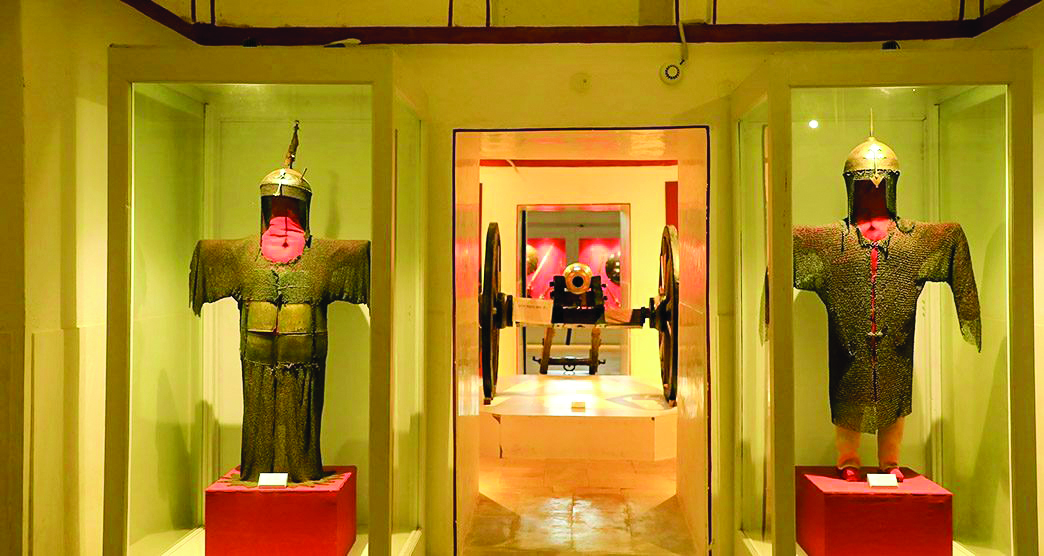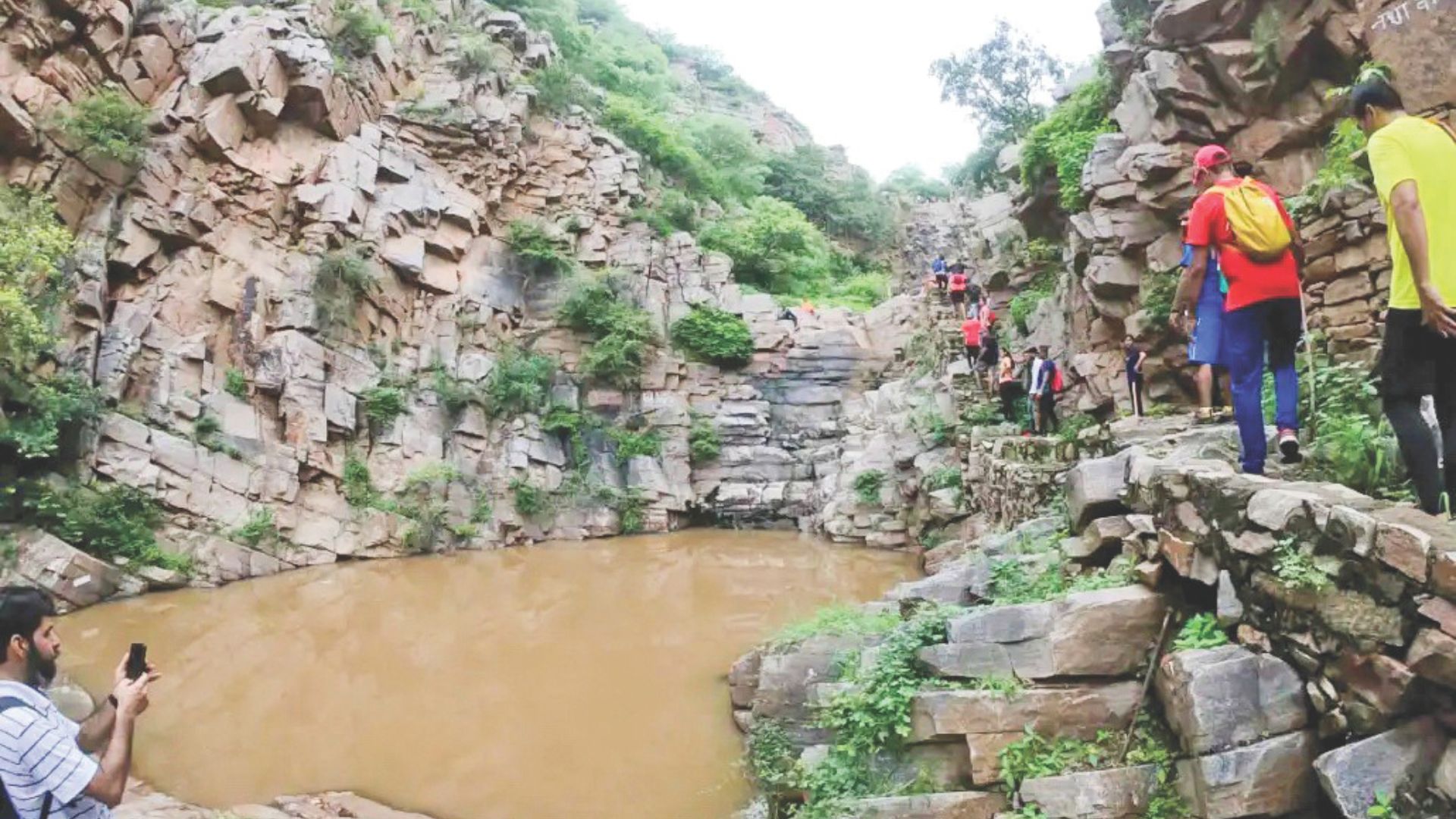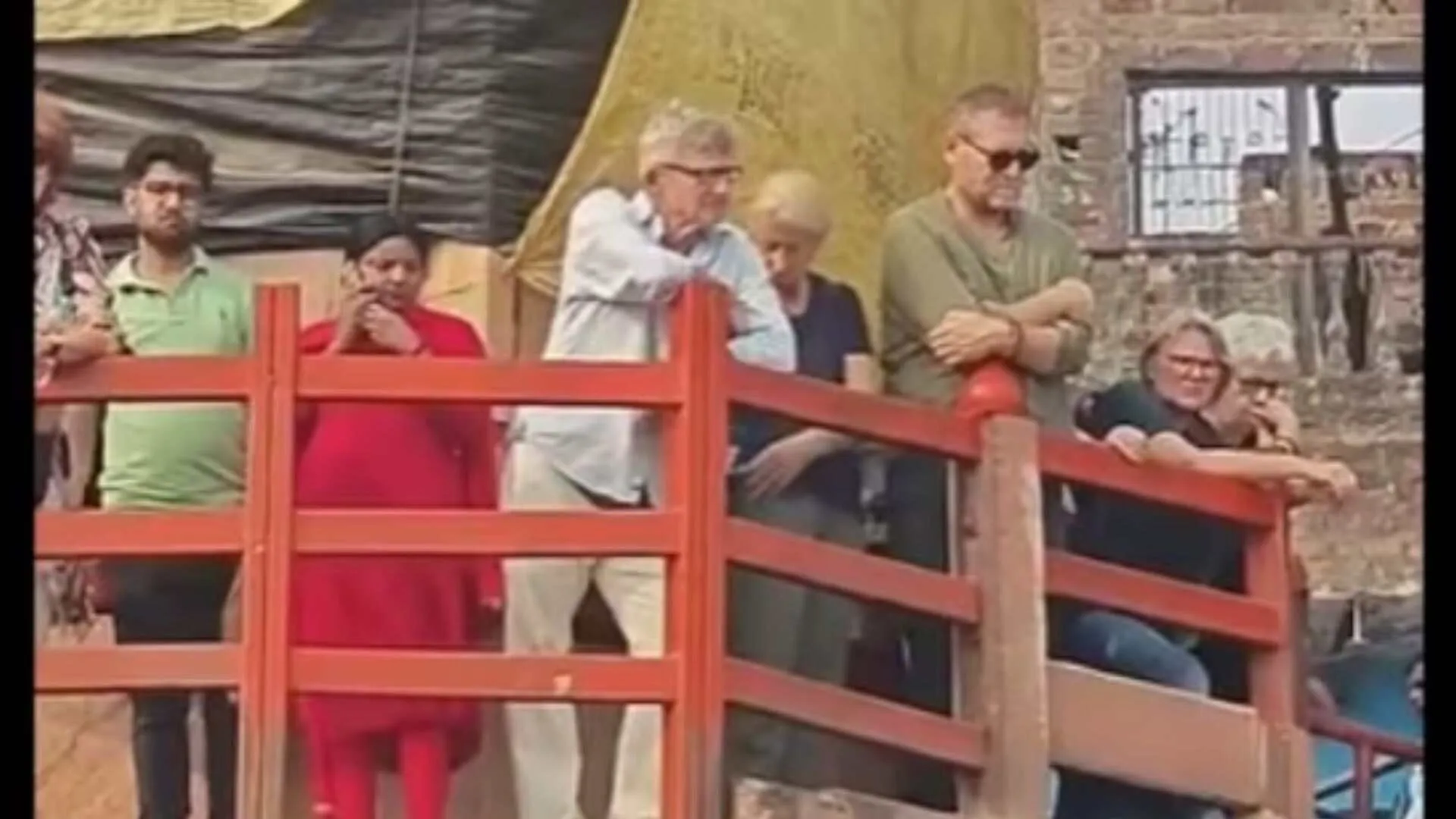Tal Katora is a historic water reservoir that was transformed into an urban sanctuary, provides an enjoyable getaway from Jaipur’s busy streets as well as an insight into the city’s creative water conservation history.
A Bowl Shaped Wonder
The name “Tal Katora” literally translates to “bowl shaped lake” in Hindi, aptly describing this architectural marvel carved into a natural depression among the Aravalli hills. Built in the 18th century during the reign of Maharaja Sawai Jai Singh II, the founder of Jaipur, this reservoir was part of an elaborate water management system that sustained the desert city.
Unlike the geometrically precise water bodies typical of Rajasthani architecture, Tal Katora follows the natural contours of the land, creating an organic shape that blends seamlessly with its surroundings. The depression spans approximately 12 acres, with stone steps (ghats) leading down to the water on all sides, creating an amphitheater-like structure that serves both functional and aesthetic purposes.
Engineering Marvel of the Past
The ingenuity of Tal Katora lies in its sophisticated water collection system. The reservoir is strategically positioned to catch rainwater flowing down from the surrounding Aravalli hills. A network of channels and aqueducts, some visible and others hidden beneath the city’s modern layers, once directed water from various catchment areas into this natural bowl.
The reservoir’s design incorporates traditional water conservation techniques that remain relevant today. The stepped structure helps control water flow during monsoons, while the stone construction allows for natural filtration. During its heyday, Tal Katora was crucial in maintaining Jaipur’s water table and providing water for both domestic use and irrigation.
Sacred waters and spiritual significance
Beyond its practical purpose, Tal Katora holds deep spiritual significance for locals. The lake’s eastern edge houses a small temple dedicated to Lord Shiva, drawing devotees throughout the year. During religious festivals, particularly Maha Shivratri, the ghats come alive with prayers and ceremonies.
Local folklore speaks of the lake’s healing properties, with many believing its waters possess medicinal qualities. While these claims remain unverified, they add to the mystical aura that surrounds this ancient water body. The morning air often carries the soft chants of prayers mixing with birdsong, creating an atmosphere of tranquility that seems worlds away from modern Jaipur.
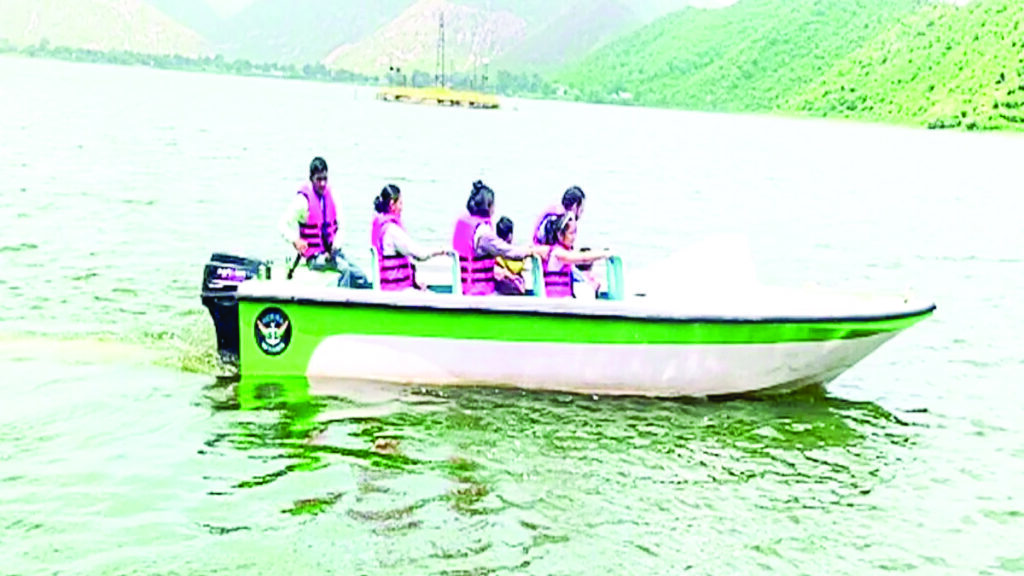
An Urban Wildlife Haven
Today, Tal Katora serves as an unexpected wildlife sanctuary within the city limits. The water body attracts numerous species of local and migratory birds, making it a paradise for birdwatchers. Early mornings and late afternoons see egrets, kingfishers, and occasionally even peacocks gathering around the water’s edge.
The surrounding area, though modest in size, supports a surprising variety of fauna. Native trees and shrubs provide shelter to various bird species and small animals, creating a self-sustaining ecosystem. During monsoon months, the vegetation turns particularly lush, transforming the landscape into a vibrant green haven.
Conservation Challenges and Community Efforts
Like many historic water bodies in urban India, Tal Katora faces modern challenges. Urban development pressures, waste management issues, and changing rainfall patterns threaten this ancient reservoir. However, local community groups and conservation organizations have stepped up to protect this heritage site.
Recent restoration efforts have focused on desilting the lake bed, repairing the stone steps, and maintaining the surrounding green space. Local schools regularly organize clean-up drives, helping raise awareness about the importance of preserving such historical water bodies. These initiatives have begun to show positive results, with improved water quality and increased wildlife sightings.
Visitor’s Guide
The best time to visit Tal Katora is during the early morning hours, when the rising sun casts a golden glow over the water and the air is crisp with possibility. The site is accessible throughout the year, but the most spectacular views come during and immediately after the monsoon season (July to September) when the reservoir is full and the surrounding vegetation is at its greenest.
While there are no formal entry fees or timing restrictions, visitors are expected to respect the sacred nature of the site and maintain cleanliness. Basic facilities are limited, so it’s advisable to carry water and wear comfortable walking shoes to explore the stepped structure.
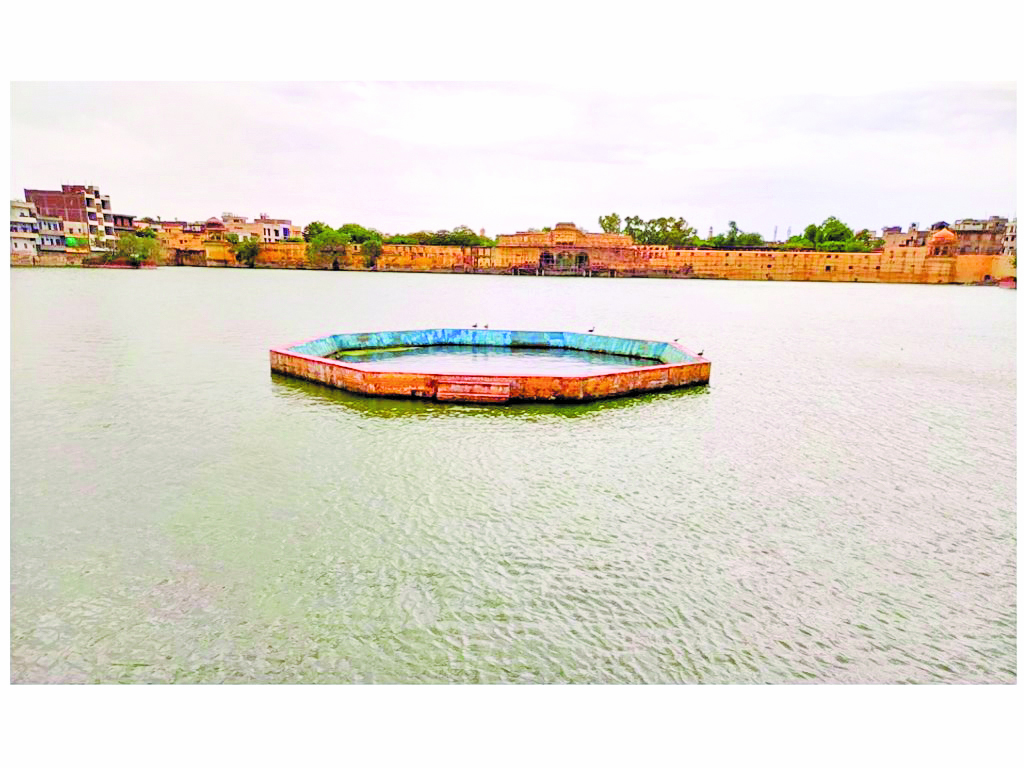
Getting There and Around
Tal Katora is located in the Bani Park area of Jaipur, approximately 3 kilometers from the city center. While not on the typical tourist circuit, it’s easily accessible by autorickshaw or taxi. The nearest landmark is the Durga Das Ki Bagichi, and locals can usually point visitors in the right direction.
Beyond Tourism: A Living Heritage
What makes Tal Katora truly special is its role as a living example of sustainable water management practices. In an era of increasing water scarcity, this centuries-old reservoir offers valuable lessons in water conservation and community-based resource management.
As Jaipur continues to expand and modernize, places like Tal Katora serve as crucial reminders of the city’s rich architectural and environmental heritage. They demonstrate how traditional knowledge systems can provide solutions to contemporary challenges, particularly in water conservation and urban sustainability.
Planning Your Visit
To make the most of your visit to Tal Katora, consider incorporating it into a morning heritage walk of the Bani Park area. The quieter, residential neighborhood offers a different perspective on Jaipur, away from the popular tourist sites. Local guides can provide deeper insights into the history and significance of this water heritage structure.
Photography enthusiasts will find plenty of opportunities to capture the interplay of light and water, particularly during the golden hours. The geometric patterns of the steps, reflections in the water, and visiting birds provide excellent subjects for both landscape and wildlife photography.
Conservation for the Future
As Jaipur grows and evolves, the preservation of sites like Tal Katora becomes increasingly crucial. These hidden gems not only provide essential green spaces within the urban fabric but also maintain connections to the city’s historical water wisdom. Supporting local conservation efforts and spreading awareness about such sites can help ensure their survival for future generations.
In a world racing towards modernization, Tal Katora stands as a testament to the foresight of Jaipur’s founders and their understanding of living harmoniously with nature. It reminds us that sometimes the most remarkable discoveries lie not in grand palaces or famous monuments but in quiet corners where history, nature, and community come together in perfect harmony.
Architectural Elements and Design Features
The architectural brilliance of Tal Katora extends beyond its basic structure. The reservoir features intricate stone carvings along its steps, though weathered by time, that tell stories of the region’s artistic heritage. The ghats are constructed using local stone, primarily sandstone and granite, materials chosen for their durability and water-resistant properties. The steps are designed with varying heights and depths, creating a natural filtration system as water levels rise and fall with the seasons.
Small pavilions, or “chhatris,” once dotted the periphery of the lake, providing shade to visitors and adding to the aesthetic appeal. While only fragments of these structures remain today, they offer glimpses into the architectural grandeur of their time. Local architects and historians believe these pavilions also served as water level indicators, with markings that helped monitor the reservoir’s capacity.
Cultural Impact and Local Life
Tal Katora has deeply influenced the cultural fabric of the surrounding neighborhood. Local residents share stories of how the reservoir has been a central part of community life for generations. During festivals, particularly during Gangaur and Makar Sankranti, the ghats become gathering places for traditional celebrations. The lake area has also inspired local artists and photographers who capture its changing moods through different seasons. Several art galleries in Jaipur feature works depicting Tal Katora’s serene landscape, contributing to the preservation of its cultural significance through artistic documentation.
Modern Amenities and Future Development
Recent development plans include the creation of a small interpretation center near the site, which will showcase the history and ecological importance of Tal Katora through interactive displays. Local authorities are also considering the implementation of guided heritage walks that would include Tal Katora as a significant stop, highlighting its role in Jaipur’s water conservation history.
Efforts are underway to develop better visitor facilities while maintaining the site’s natural character. These include designated viewing points, informative signage, and basic amenities like drinking water stations and restrooms. However, all development is being carefully planned to ensure minimal impact on the ecosystem.

